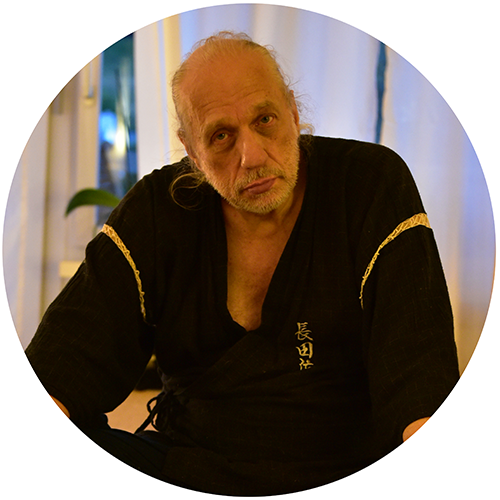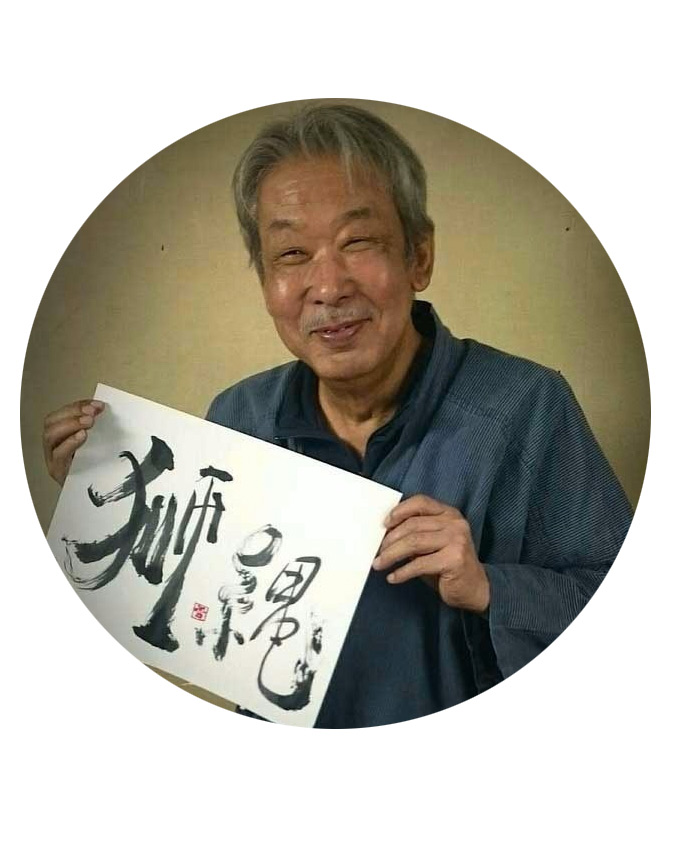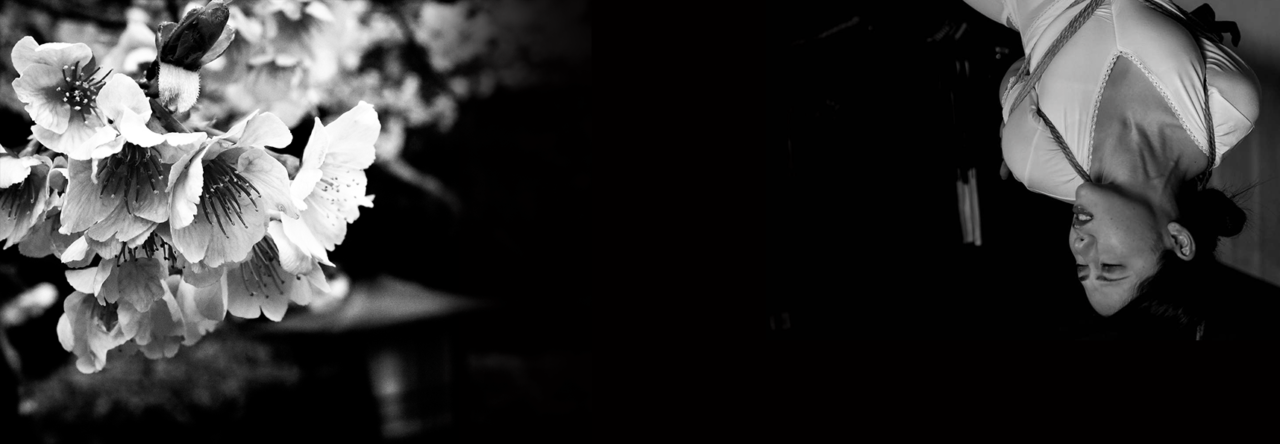A variant to this term is “Kinbakushi” (緊縛師), but it is less common. Japanese is a very economical language and terms consisting of a long series of kanji are usually shortened as much as possible. So, “Bakushi” ist the abberviated, more efficient form of this term.
Bakushi is on the one hand a self-designation, but also a role description. The Bakushi has, in a shooting, a performance, or a session, a clear task. It is the competence in handling the rope that distinguishes a Bakushi.
Osada Steve, bakushi from Germany. He has been shaping shibari in Tokyo and now worldwide for over 40 years. His style and teachings inspire not only the Juku, but also numerous other enthusiastic Shibaristas. Meanwhile, his style is also taught by his instructors in Germany and some particularly gifted learners, for example in Argentina, the USA, Australia and Northern Europe.


Yukimura Haruki, bakushi from Osaka. He spent most of his career in Tokyo. His style is characterized by subtlety and sensitivity. The great secrets surrounding the soft movements now continue to be taught in schools all over the world. Unfortunately, he passed away in the spring of 2016, so his legacy is now in the hands of his instructors.
Of course, there are numerous other bakushi, each with their own style, in which they express their individual styles and preferences. From performances on large stages to small, intimate chamber plays, everything is represented. Crossovers with other forms of art are also becoming more common, for example dance, tantra or yoga.



